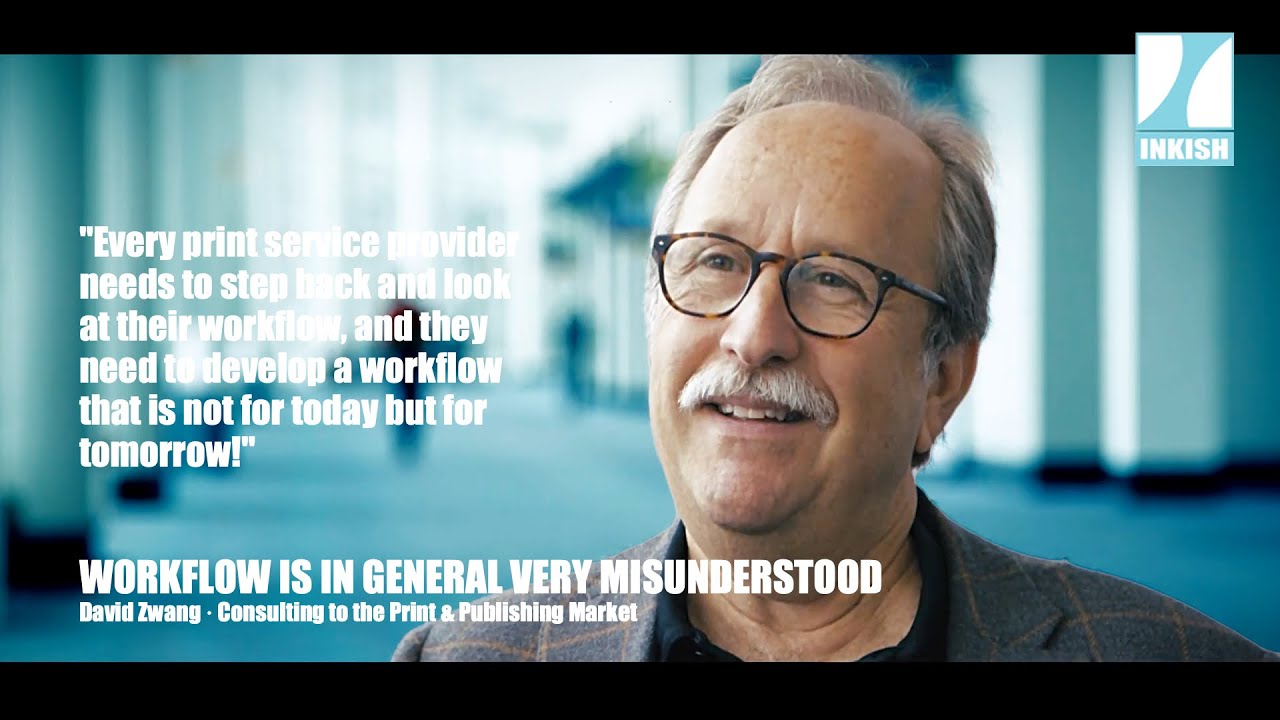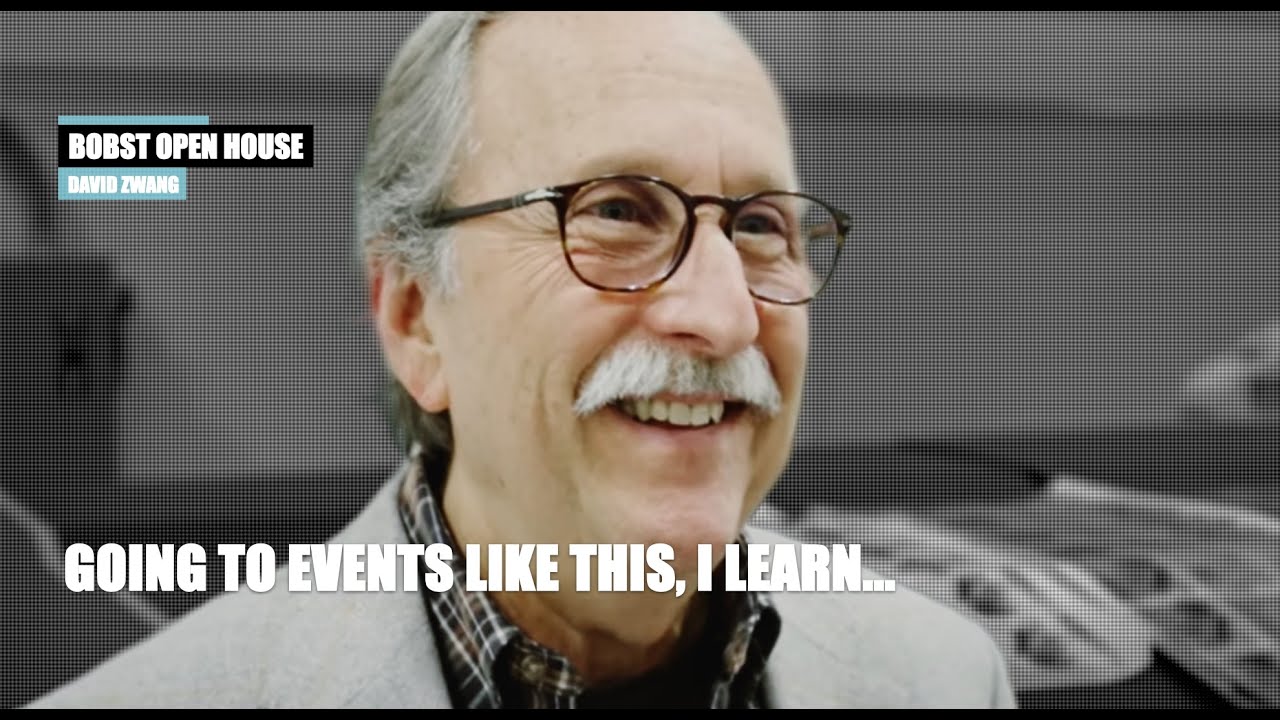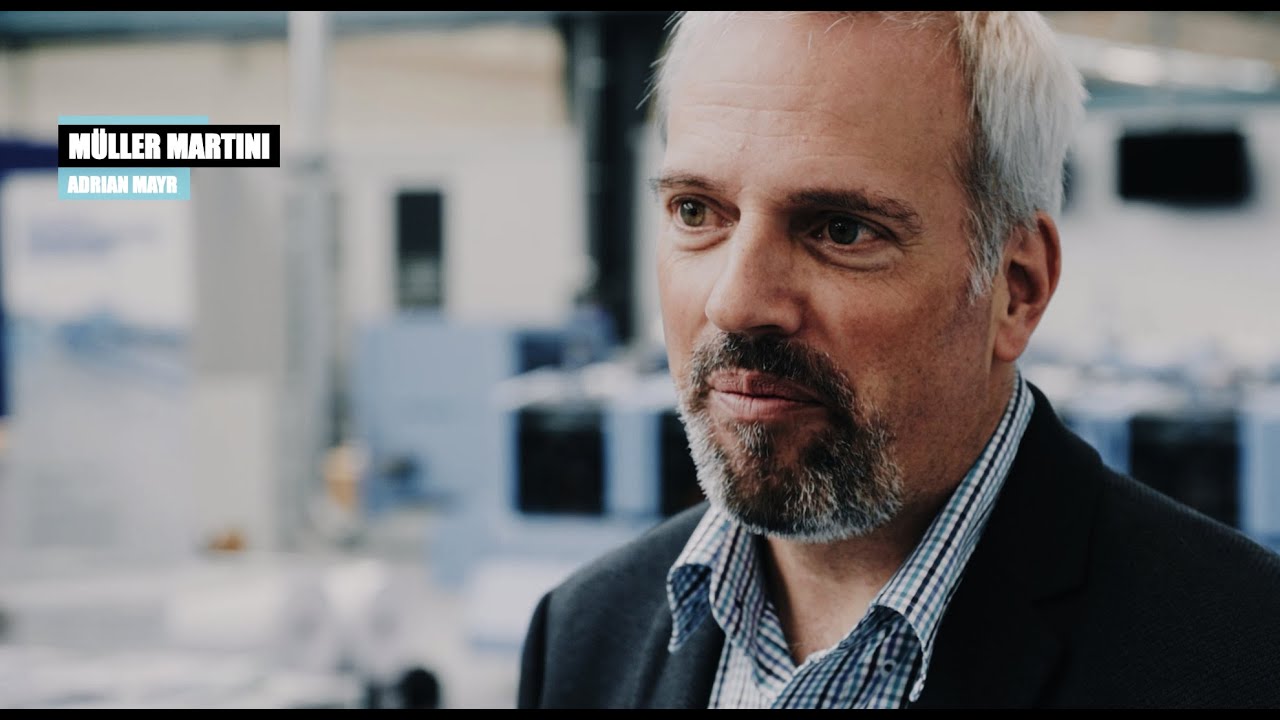The name David Zwang is well recognized in the printing industry and his work or maybe even better-expressed influence on the printing industry can’t be underestimated. In this INKISH episode, David Zwang talks about workflow. Working as a consult for print service providers, as well as his writings on WhatTheyThink.com and of course his work in the Ghent Workgroup gives him unprecedented insight into what’s important and not.
One of the things Zwang touches upon in this episode is the misinterpretation of ‘workflow’ where he states that workflow has become more of a marketing buzz-word rather than a process description.
But watch, listen, Like, and share.
I’ve been involved in the industry for almost 40 years now. I started as a commercial photographer, which migrated into pre-press a few years later. I was told I could make more money in pre-press than I could as a photographer, and this was back in the early 70s, and I said, “Sure, what the hell.”
Well at the time it was, yeah. Who knows, I could have been Richard Avedon or something, right? But no. And then I started a printing company, and then I sold that printing company and I started a digital pre-press company, a lot of Scitex equipment. And then migrated from there because it was at the time where we were just starting to get into what they call desktop publishing basically, which really meant we were using desktop computers to do the work that we used to do with mini computers and mainframes. Did that for a number of years. Did some software development, developed a product called True Match, which actually was a color specifying system that wound up in a number of different applications, and did some consulting. At one point we determined that it was time to because margins started to go down, I said, “You know what, this is not where I want to spend my time.” So we sold off pieces of the business. We sold the pre-press company to another company, the software company, development company we sold off, and I basically did the consulting and I took that with me.
I’ve been consulting full-time since the early 90s, and I consult with pretty much the whole vertical market, print, and publishing, and technology, but it was interesting because when I got involved in digital that’s really where I understood the importance of workflows. How do you make the most out of this digital technology? Do you just use it to do manual processes or do you use it to its fullest and actually kind of leverage it to get things better?
I think digital workflows or workflows in general are very misunderstood, it’s a misunderstood topic, it’s a very confusing topic for print service providers. It’s confusing for a lot of reasons, first of all, it has become a marketing term rather than a process term, so people when they think of workflow they say, “Oh, well this is the box that’s controlling my printer, so that must be my workflow.” Well an extension of that would be, “Well, that means I have all these different printing machines, and each one of them has a box in front of it, so I have a lot of different workflows.” In essence, I guess you do, but that’s not very efficient. One of the things I try to do when I work with clients on workflows is get them to understand first and foremost the DFE is not the workflow, the workflow feeds the DFE, but if you look at a workflow it’s really the point of connection between all of those different processes and how you can leverage the unity of it rather than the individuality of it. And I think that, that’s really what workflow is, and that’s how I look at it. Now, because I’m not really selling product it’s hard for me other than to sit down with somebody, and usually when I do that, and I draw a couple little sketches, they get it.
I like those companies that have these workflows that sell the different equipment out there, but most of the workflows that they have developed and tried to implement are what I call engine forward workflows. So, basically they’re workflows that support the product that they’re selling, and that’s why they’re doing it. They’re not making a lot of money on the workflows, on the software, as a matter of fact they find it difficult in many cases to justify it. They can make money on the professional services for sure. The people who are more agnostic about workflow, so in other words they don’t have a piece of hardware to sell, they have a workflow to sell, they have a way to connect all those pieces I talked about before, the disparate pieces together. They don’t come with any other baggage. They don’t have to sell hardware, so they’re actually able to look at it in again, a much more holistic way. And I think that those are the kinds of people who are probably in a better position. Now that doesn’t mean that the hardware companies can’t sell workflow or don’t sell workflows, and they do, and I’ve been to many plants where they do that. Usually though, what I find is when they do that the automation is there are islands of automation, but how does that integrate into what they already have, or do we just mean it’s another silo?
First of all they don’t necessarily have the time to even think about it. In many cases they do have the skills, but for sure very rarely have the time. It’s usually one of those things that becomes kind of what we call a step-child. We know he’s there but he’s over there.
Everybody loves hardware, it’s fun to go shop for hardware because it’s got that new car smell. Lots of lights, and buttons, it’s very cool. The software is really what is the value add on top of the hardware, that’s what actually allows you to get the efficiency that many of the hardware manufactures tell you, you can get. The only way you’re going to get that is if you’ve got a good workflow. Otherwise, you’re going to find yourself kind of hamstrung, you’re just not going to achieve that level of efficiency that you otherwise could if you had stepped back and developed a workflow to support your entire organization, kind of as I said more holistically.
Every print service provider needs to step back and look at their workflows, and they need to develop a workflow that’s not for today, but that’s for tomorrow, that also will support today, so that as time goes on, and as new equipment comes out, and they try to buy it, it’s an open enough workflow where they can actually plug into it without a lot of effort. Or, on top of that not just the ability to plug into it, but many printers are starting to move into other vertical areas. They were commercial printers, and now they’re doing signage. Or, they were transactional printers and now they’re doing direct mail. And you start to look at all these other types of things, and you want to make sure that if you decide to go in another direction that the kind of workflow that you implement will be something that will allow you to build and support as you grow.
First and foremost yes, definitely talk to your vendors, see what they have to say. But, evaluate what they say. Don’t just automatically assume that what they’re telling you is exactly what you need or what you want. So, talk to a number of different vendors. Talk to other service providers, ones that you know have already gone through some of that because it’s not hidden, you get together with a bunch of other service providers, you start discussing things, and you can see that, “Oh, you’re doing that? How did you do that? How did you go about it? Did someone help you? How did they help you?” You have to just open up the dialogue.
First of all I think the inherent nature of the printing business is… and it’s no different today than it was 40 years ago, that was a print service provider there is a belief that somehow the reason you’re successful is you have the magic sauce. You’re the one who knows the best way to get it done, and that’s why you do what you’re doing. And of course you talk to all the printers and they all feel the same way about it, so they’re not as open to sharing. There have been over the years a number of different attempts to bring users together to share, user’s groups, various user’s groups. Back in the day Psytech’s user group was a great group for sharing. Some of what are now what we’re calling hosted events for manufacturers, whether it be something like D Scoop, which is really a user’s group, but has turned more into a convention conference hardware whatever show. Yes, things like this. We’re at Graph Expo or Print, I guess it’s called this year. We’re at Print. They have conferences going on where people should be able their presentations, people should be able to have discussion, but there’s a distraction. There’s an 800 pound gorilla, elephant in the room that you’ve got the show flow with all the shiny things and that’s where people want to focus. And they go to the conferences just to sit down and relax usually.
Yeah. Free lunches, right?
Yeah, exactly. Free lunch and they can sit down and get the load off their feet. But I think it goes beyond that. Back when we had Seabold … and this is going back to the 90s, actually late 80s and 90s. We tried to focus on the dialogue, and it wasn’t about selling hardware, it wasn’t about selling software, it was about communicating information, and not just down, but actually interactively.
Well I think yes, but more importantly not just between the vendors and the printers, the discussion was also between the printers and each other, because that’s where they’re going to learn. Yes, there are books and you can read, and there’s lots of great articles. I write a lot of articles, and I do videos, and we try to use that as a way to help educate people because right now there’s so much information out there nobody has the time to step back and just really digest it all, or even find it all because there’s so much of it out there.
There’s no doubt that people don’t have the … that’s why I said before, you may have internal skills because you need two things if you’re going to kind of reinvent your workflow. You need skills, and you need bandwidth.
Yeah.
Some of them have the skills, but usually the people with the skills are the ones on the front line getting the work out, and they’re the first ones people are going to go to. They’re going to say, “Okay, you know all about this, you develop the workflow. But at the same time I want you to get all the work out.” Yeah, that’s not going to happen.
What I’ve found over the years is the return on investment of software, workflow software is much higher and faster than it is with hardware. I’ve done extensive implementations of workflow software that with the pay back in three months, four months, usually under a year in any case. What kind of hardware can you buy and get that kind of return?
Yeah absolutely, I think that look, if you don’t have the internal skills, or you have the skills and don’t have the bandwidth then bring somebody in, bring in some help because even with that you’ll still get the good return. Don’t abdicate the ownership of whatever gets put in there because ultimately you’re going to have to live with it, so you need to make sure that you assign people to learn and help implement from your internal organization, in order for it to be long-term successful. It’s not like going to a class and they’re going to certify you on something and give you a certificate you can hang on the wall, and all of a sudden you know everything there is and you’re going to be good at it. That’s not how it works. It has to be part of the culture, it has to be something that not just one person engages in, but the entire organization engages in. And if you do that, then you’ll be very successful with it, there’s no doubt about it.





























